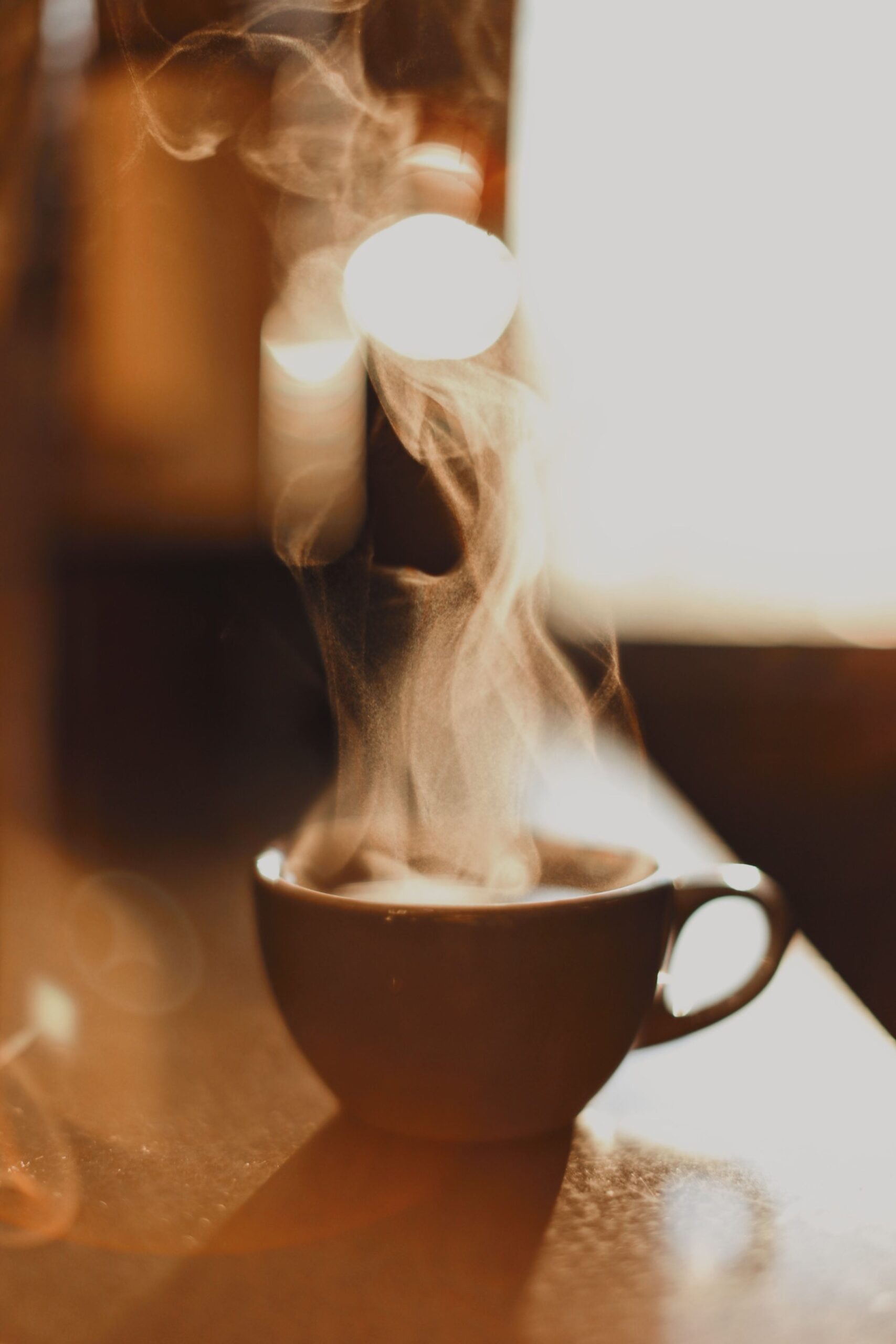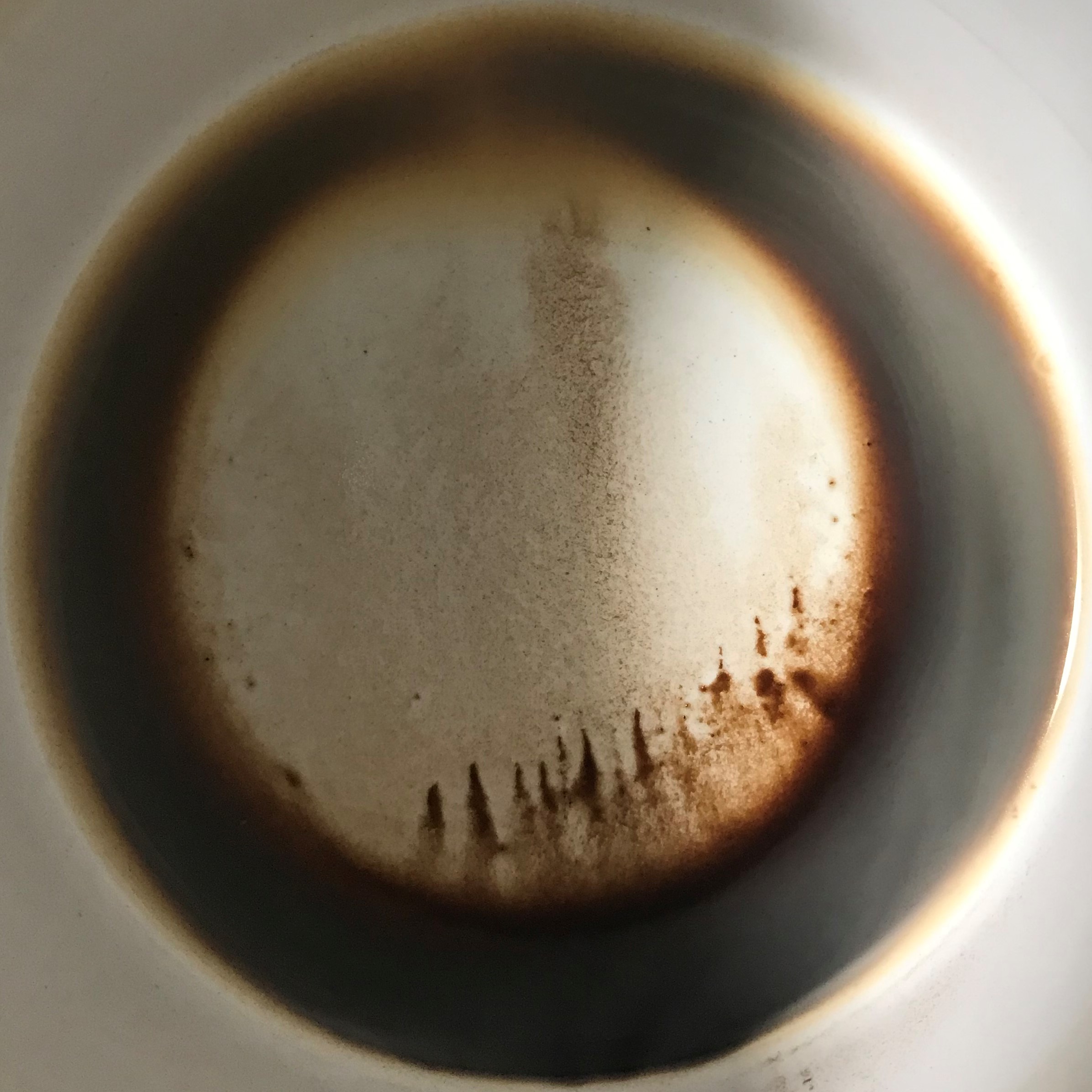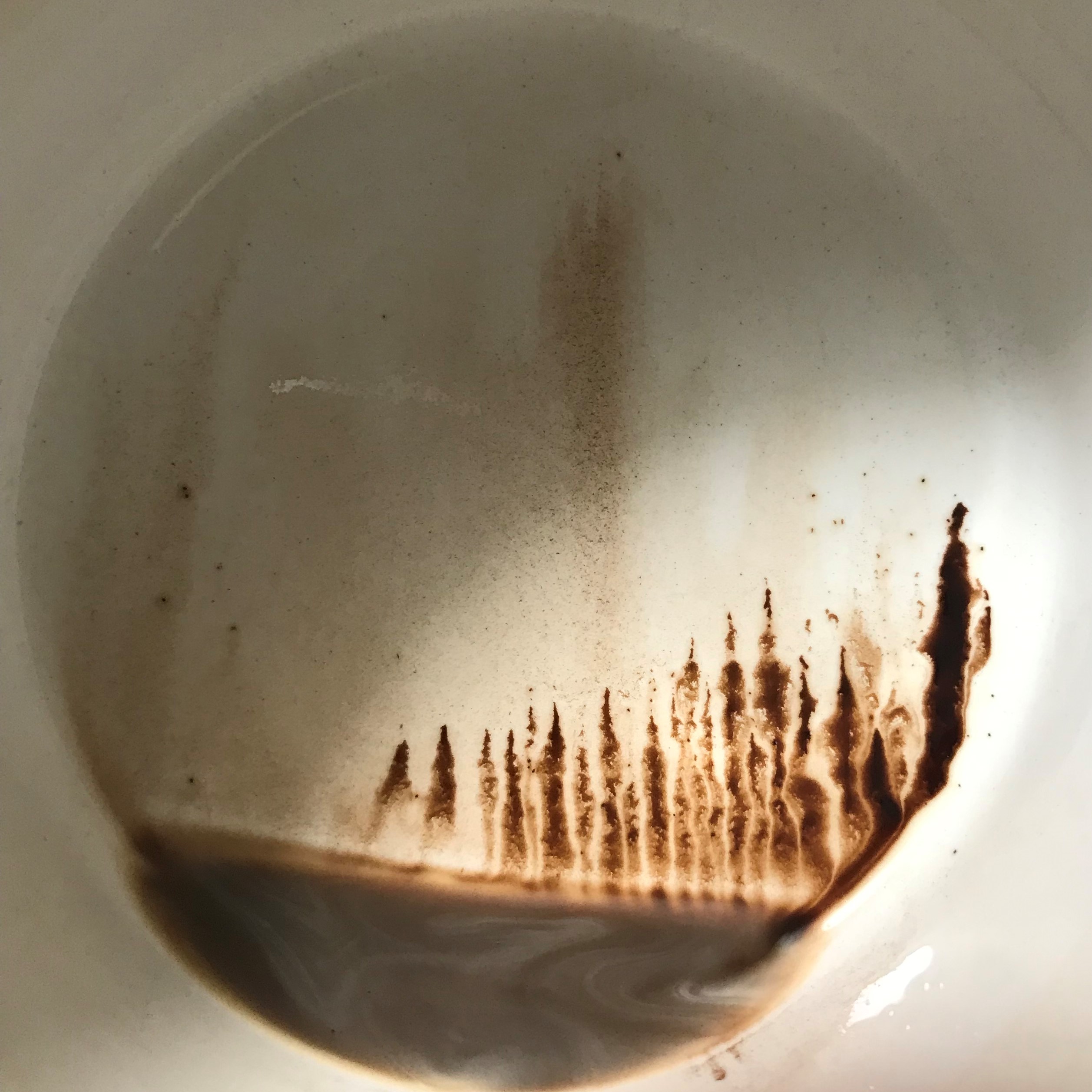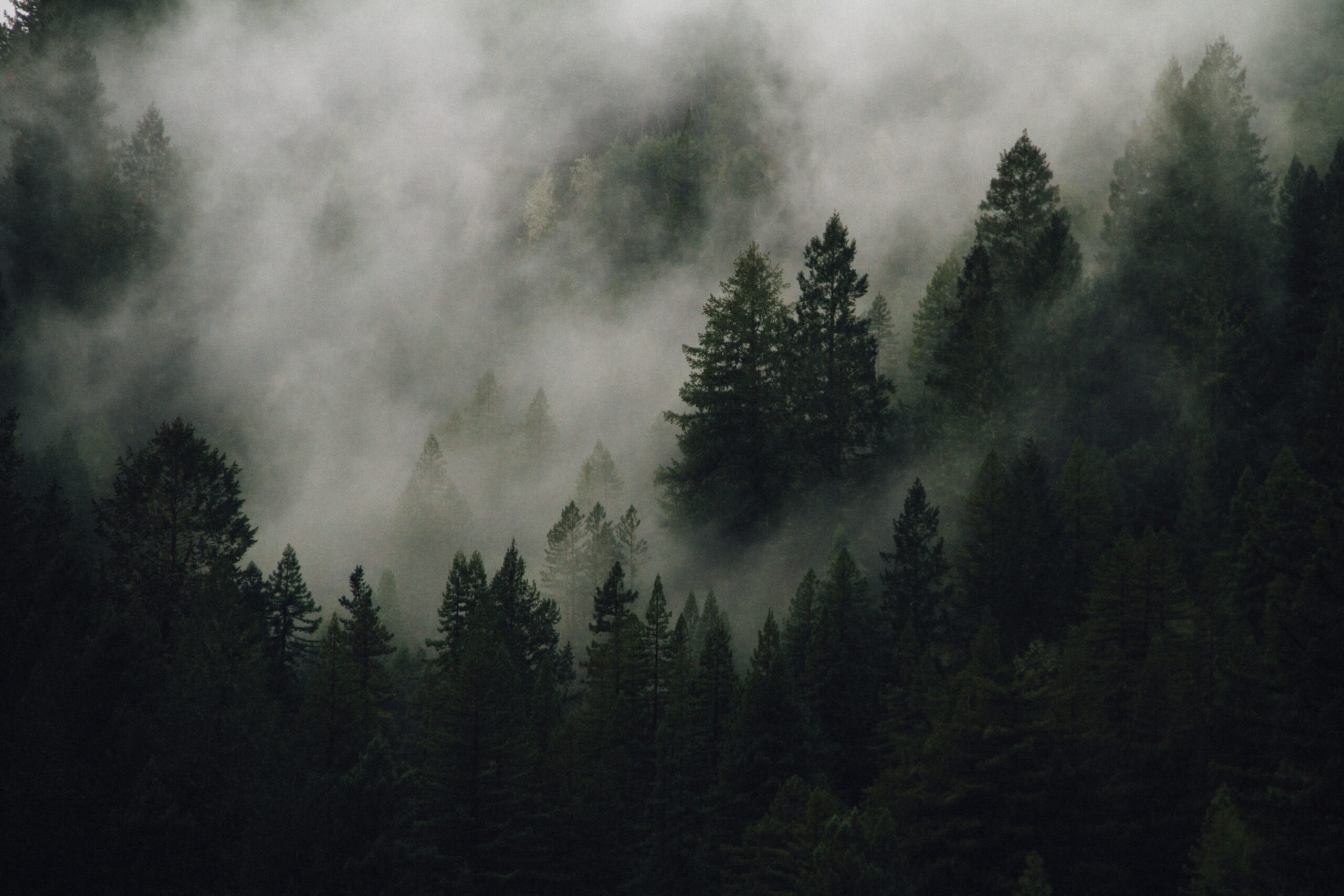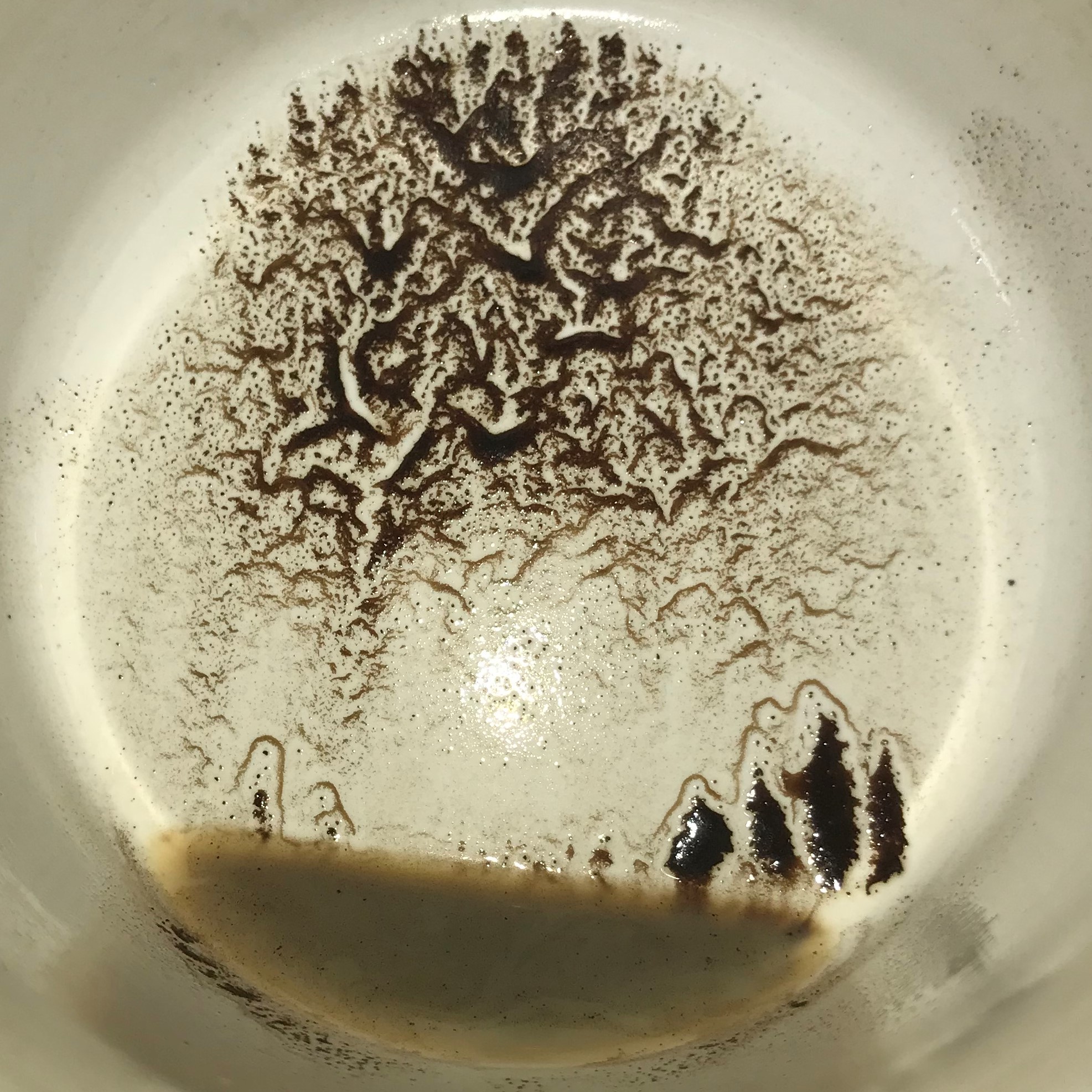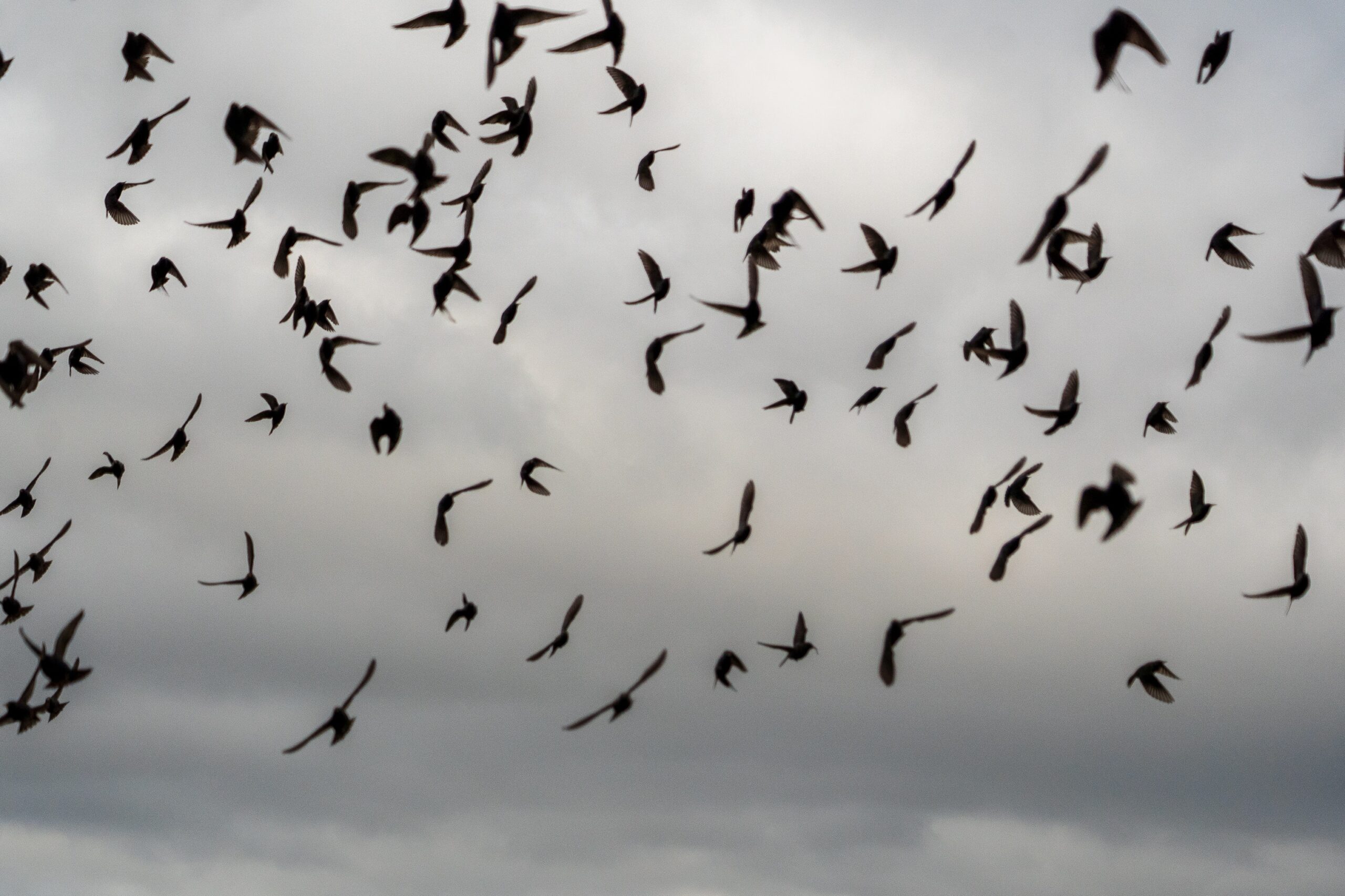Author’s Note: I presented a version of this piece at the Medieval and Renaissance Studies Conference at the University of Nebraska-Lincoln on October 3, 2015 as part of an alumni panel. I’ve divided it into four parts and edited it for the blogosphere. This is part 1. Enjoy!
My love for the medieval is ever present in the fiction I write. I am compelled by the need to see history unfolding, and to watch its mechanisms. Lacking a time machine, the closest I can get to that is writing these scenes myself.
This is where my novel-in-progress begins, a reflection of a distant century emerging from another Dark Age. Time is cyclical in ways we don’t expect. Whatever the future holds, there will be more than space ships and black holes to give substance to our stories.

Picture a monastery in the most remote corner of human civilization. It is situated in a place that’s cold, that hardly ever sees the sun but is blessed with the breathtaking canopy of stars. Its monks and nuns are healers and herbalists, scribes and gardeners. They have been in this spot for four hundred years and are proud of the legacy of the founders who crossed an impossible distance to establish a mission, a light-house in the middle of the dark: to teach, to heal, to serve those on the fringes. Times are rough; they’ve had their share of recent disasters, both man-made and natural – maybe supernatural. Yet the monks and nuns who are housed together in this mission trust in their God and endure.
This monastery operates in 2570, and orbits a frozen planet more than thirty light-years from their home soil of Earth. They have endured damage from the shock wave of a supernova and have had to defend themselves against attack from human and non-human marauders. They have solved issues with power-loss, radiation and oxygen leaks by the power of creative thinking, the sweat of their brow and naked faith. They value the healing power of writing by hand with ink and pen. They are the place to which thousands of refugees are now travelling for shelter, for healing, for hope, not unlike those medieval folk who might have fled unrest and disaster to sleep on the floor of the closest great hall or cloister. This is a refuge in a deadly time. A garden thrives in its center dome like an oasis in a desert. It shines like its own star, beckoning the weary to come.
The monastery’s structure is an amalgam of other earth-built buildings, pieces of old churches: archways and chapels, intricate stonework with the faces of angels and cherubs that appear to be making faces at each other when the light is just right. They call this the “Salvaged Gothic” style. Trillions of miles from the place these faces were first carved, they represent an enduring legacy. In this place, the monks and nuns who pray and work within these walls and along these cloisters are following in the footsteps of a millennia of brethren.
I have been gleefully drawing parallels between the past and the future. In the fourteenth century it could take up to a full year to journey from London to Rome and back. Incredibly, the length of time scientists estimate a journey to Mars would take the same amount of time: 150 to 300 days. And if, looking way ahead of ourselves, we someday develop the technology to travel beyond the solar system and reach nearby or distant stars within a human lifespan, how far might a year take us? The possibilities and the parallels are endless.

What language will we speak? What technologies will have become second-nature like the automobile? Think of this: we all drive cars but how many of us actually understand the science and the mechanics of how they work? As a writer, I look to the study of the past not for a list of answers but for a spring board.
From my professors at UNL and my tutors at Oxford, I have learned a deep respect for the people of earlier times. I strive to cast off the lens of my twenty-first century knowledge and immerse myself in their knowledge. In libraries that welcomed me, I’ve met a plethora of lively characters from the annals of history, proof that there are always exceptions to the rules. And from the medieval cities and sites I visited I have learned the value of creating something new with components of the old. I firmly believe that history is speaking to us, and that listening and retelling that story is a life-long privilege. It is, after all, our story.
Stranger than Fiction Pt 2: Catherine, Called Birdy
Photo Attributions:
- Kirkstall Abbey in the Moonlight by Paul Stevenson is licensed under CC BY 2.0.
- Comet Siding Spring Seen Next to Mars by NASA Goddard Space Flight is licensed under CC BY 2.0.
